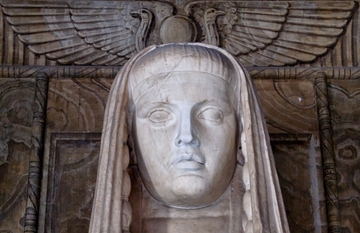4. High level actions of the object model¶
All DEMETER objects inherit from the base Demeter class. This class defines a variety of methods that are then inherited by all other objects. At the end of this chapter, you will understand how DEMETER command and template system works to generate command for IFEFFIT and for plotting. This chapter also covers the three special object types, Demeter::Mode, Demeter::Plot, and Demeter::Config, which together provide fine grained control over virtually all aspects of what DEMETER programs can accomplish.
Both the Mode and Config objects are singletons, which means that any instance of a DEMETER program can have one and only instance of Mode or Config object. The Plot object is not a singleton, but it is unusual to need or want a second instance of a Plot object.
Each of these special objects has an associated method of the base class used for accessing the object. They are demonstrated here:
my $mode_object = $object -> mo;
my $plot_object = $object -> po;
my $config_object = $object -> co;
In this example, $object can be any DEMETER
object. Every object type inherits these three methods, each of which
returns its object. That is, mo returns the Mode object, co
returns the Config object, and po returns the currently active
Plot object.
Thus you can access the attributes and methods of these three special objects at any time using any DEMETER object that is handy at that point in your program.
Contents
DEMETER is copyright © 2009-2016 Bruce Ravel – This document is copyright © 2016 Bruce Ravel
This document is licensed under The Creative Commons Attribution-ShareAlike License.
If DEMETER and this document are useful to you, please consider supporting The Creative Commons.
